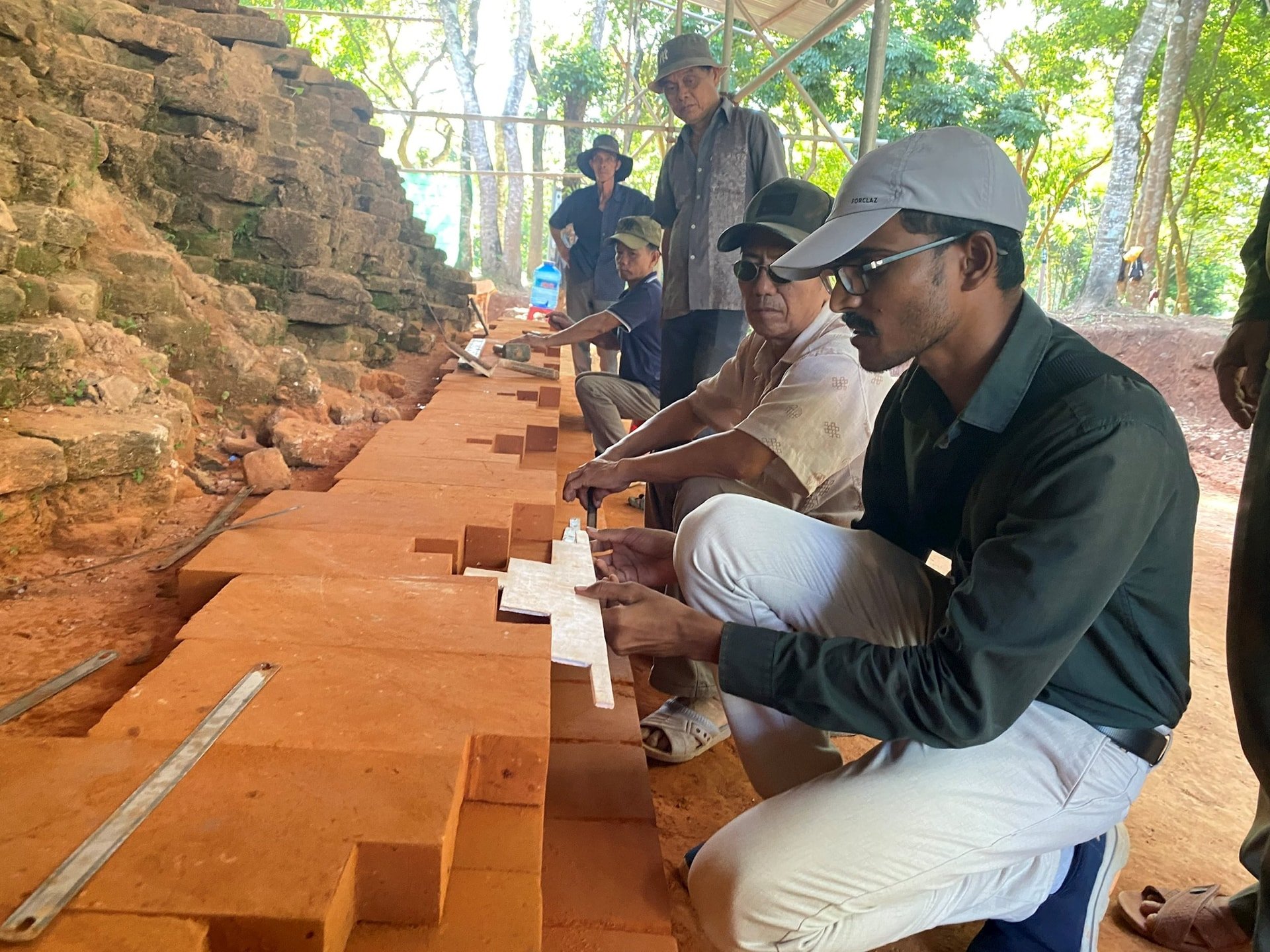
International cooperation journey
In 1993, the Vietnam Institute of Archaeology coordinated with the London Institute of Archaeology (UK) to conduct archaeological excavations at the foot of Buu Chau mountain in the ancient Tra Kieu citadel (now Duy Xuyen commune).
During nearly 10 years of implementation, the project has had the participation of two foreign experts, Professor Ian C. Glover and Marico Yamagata (Japan), initiating a period of international cooperation in archaeology and excavation of Cham cultural relics and ruins in Da Nang city since 1975.
The most obvious and profound mark in archaeological cooperation and excavation of Cham cultural heritages in Da Nang city must include the projects implemented at My Son relic site (Thu Bon commune).
In the past 20 years, many organizations and specialized units in the world such as UNESCO, Jica (Japan), Lerici Fondation (Italy), University of Milan, UNESCO Office in Hanoi, ASI Institute (India)... have come to My Son.
Notably, the G tower group conservation project in the period 2003 - 2013 with the cooperation of 3 parties including UNESCO - Vietnam - Italy, with a total cost of more than 1.3 million USD.
After 10 years of implementation, more than 1,500 artifacts of all kinds have been discovered and collected, creating a solid foundation for the reinforcement and restoration of the project, gradually reshaping the original state of the G tower group.
Next, the project to restore towers K, H, A in phase 2017 - 2022, with the Indian Government supporting most of the funding, urgently saves the towers at risk of collapse.
During the archaeological excavation, the A10 Tower was also discovered (recognized as a National Treasure by the Prime Minister in 2021).
The support of the Government of India is also continuing in the urgent conservation and restoration project of some items in the E and F towers of My Son in the 2025 - 2029 period.

In particular, at the archaeological excavation project of the L tower group that just ended at the end of July 2025, Italian experts from the CM Lerici Foundation coordinated with the My Son World Cultural Heritage Management Board, the Monuments Conservation Institute and the Institute of Archaeology to excavate and uncover the architectural foundation that could be a defensive structure of the ancient Cham people in My Son...
Complementary professional qualifications
In fact, the process of international cooperation in archaeology was also implemented in the old city of Hoi An starting from around 1989 - 2000 with the support of organizations and experts from Japan, England, Germany..., mainly focusing on Sa Huynh and pre-Sa Huynh cultural sites and the excavation of ancient ships carrying ceramics and shipwrecks in the sea of Cu Lao Cham.
However, with Champa cultural relics, international cooperation is mostly concentrated in My Son and the cultural space of the heritage area.
It started with architect Kazimiers Kwiatkowski (1944 - 1997) of the Polish Monuments Conservation Enterprise Union coming to work in My Son (1980 - 1994) and reinforcing towers D1 and D2.
Since then, it seems that every period has had the mark of international experts at this heritage site.
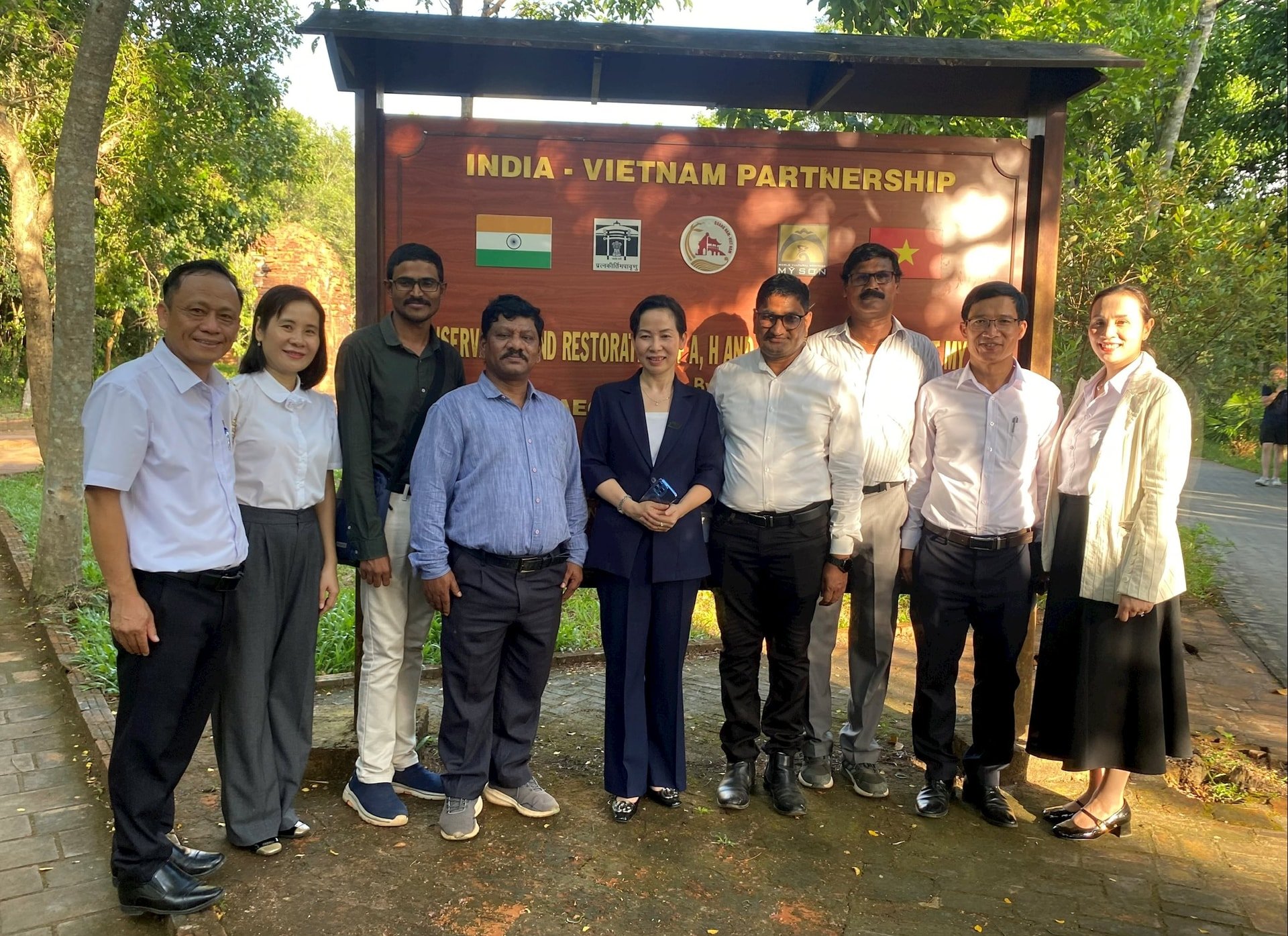
Mr. Nguyen Cong Khiet, Deputy Director in charge of the My Son World Cultural Heritage Management Board, affirmed that international cooperation has always been an important field of the unit over the past 30 years.
Because heritage conservation requires high knowledge, techniques as well as relatively large funding sources, international experts and foreign funding sources are needed.
In particular, in the past 20 years, most of the temple towers that have been excavated, successfully restored, and opened to visitors bear the mark of international cooperation with two major partners, the Italian and Indian governments.
According to Dr. Nguyen Ngoc Quy, Vietnam Institute of Archaeology, international cooperation is needed everywhere, but in Da Nang, especially My Son, it is even more necessary.
There are some issues that domestic experts still have to learn about, such as technology, theory...
"Although Vietnamese archaeologists are very good at field work, the theoretical system is not yet up to standard.
On the contrary, foreign experts are very good at theoretical systems because they have time for in-depth research but not much field experience.
Therefore, cooperation between the two sides will bring very positive results," Dr. Nguyen Ngoc Quy commented.
Source: https://baodanang.vn/hop-tac-quoc-te-trong-bao-ton-di-san-van-hoa-cham-3302932.html


![[Photo] Lam Dong: Close-up of illegal lake with broken wall](https://vphoto.vietnam.vn/thumb/1200x675/vietnam/resource/IMAGE/2025/11/03/1762166057849_a5018a8dcbd5478b1ec4-jpg.webp)






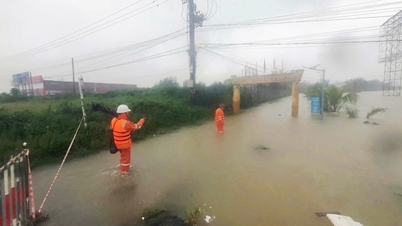



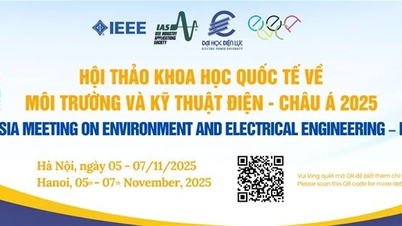

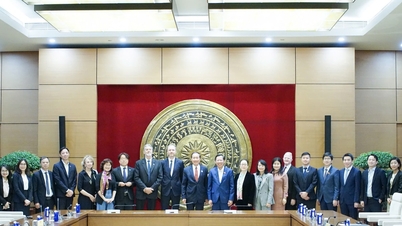





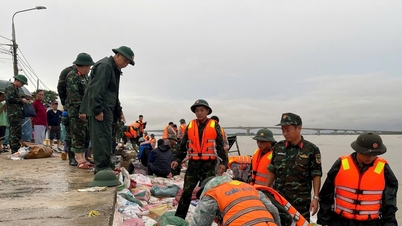
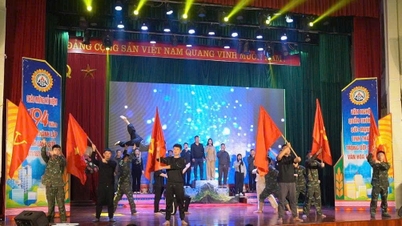

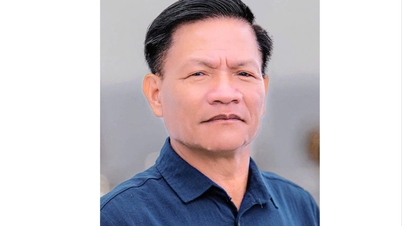


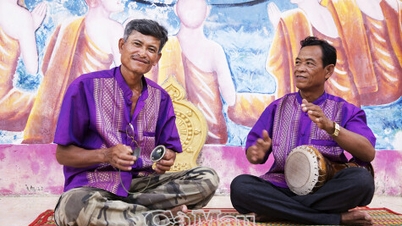








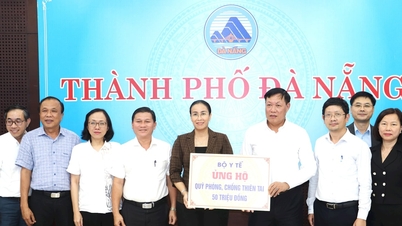































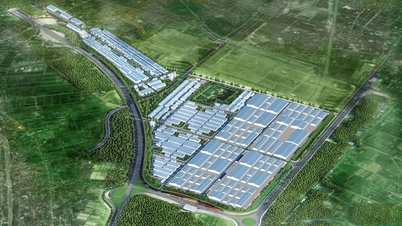
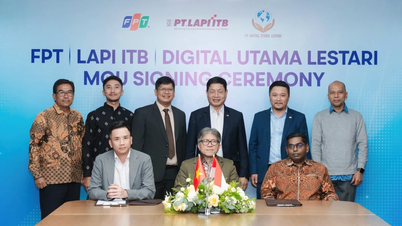










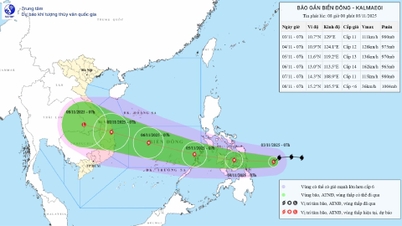

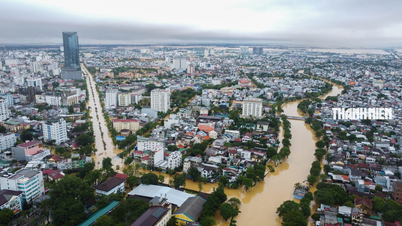




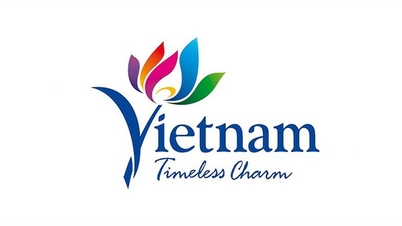

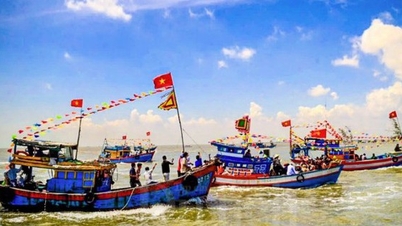



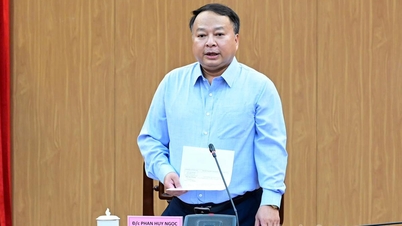

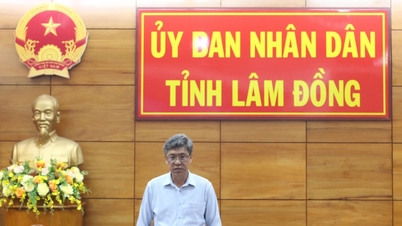


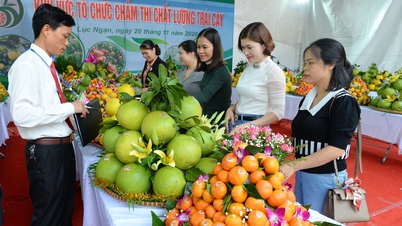

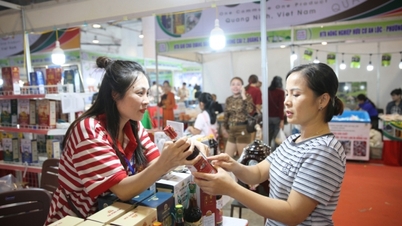
















Comment (0)